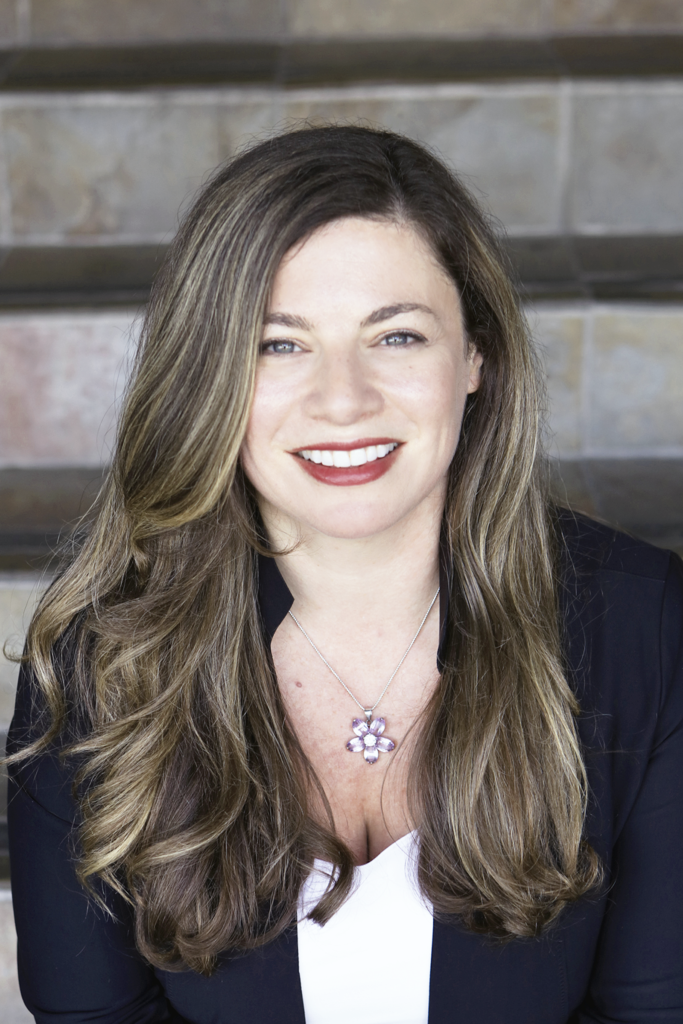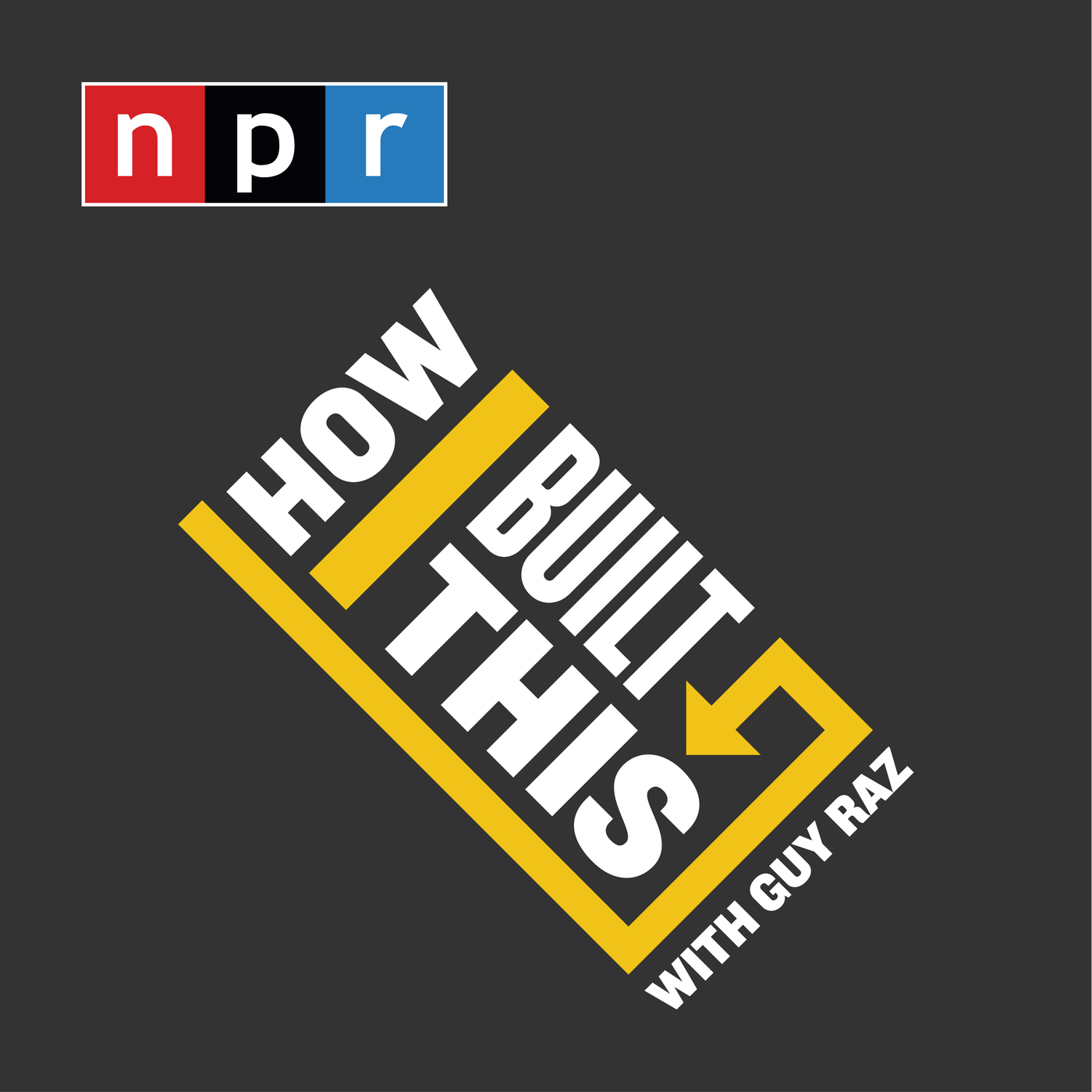In her book New Startup Mindset, Sandra Shpilberg, 44, demonstrates that the Silicon Valley model isn’t the only way to launch a company. Shpilberg founded Seeker Health in 2015 without venture capital funding or the help of an incubator, despite being located in the heart of Silicon Valley in Palo Alto, California. She decided to pitch to customers and build a revenue base rather than fundraise.

Sandra Shpilberg (above) developed a new startup-launch formula after she noticed issues with the fundraising model often seen in Silicon Valley. (Photo courtesy of Sandra Shpilberg)
Seeker Health serves as a platform that finds people with rare diseases, connects them to, and helps with the process of clinical trials to advance drug-treatment solutions for rare diseases. Sharon Francis, one of the company’s first employees, says Shpilberg was demanding but understanding. Regular “work from home Fridays” came with expectations of productivity but also served as an example of Shpilberg’s recognition of the importance of home life. Francis says she considers her as a friend and a mentor. “Everything that she did was with intention,” Francis says. “It was planned and it was thought out. She did a lot of due diligence.”
Shpilberg, an immigrant from Uruguay and mother of two, eventually sold the company in 2018 to Eversana, a large, life-science services company, and began her new startup, Adnexi, which seeks to bring efficiency to drug treatment, in May. Socially Driven spoke with Shpilberg about her work, her innovative approach to starting a company, and her book.
This interview and the questions posed have been edited for clarity.
Socially Driven: What can social entrepreneurs learn from your book, New Startup Mindset?
Sandra Shpilberg: It’s about my journey trying to build this company, Seeker Health. I think what’s interesting about the book for social entrepreneurs is that I show you can start and build and then exit a company that is focused on impact and that does things a little bit differently than the traditional path for Silicon Valley. I started the book with this introduction of a pretty set formula of how you build a company in Silicon Valley. You get these expensive programmers, you get funding, you’ll have a co-founder, you’re probably going to be young, and you’re going to be male. And so those are generally the people who are starting a lot of the companies and one of the things that I’m showing with my book is that there’s another way and that you don’t necessarily have to fit the mold to start one.
SD: Can you describe the moment you got the idea for Seeker Health and knew it had potential?
SS: The idea came to me as I was in my last job at Nora Therapeutics. I was vice president of strategic marketing and part of my work was to help the clinical team enroll their clinical trials. As I was setting up to do that, I wanted to buy a solution, to get a service that would help me with that. I realized that what was available wasn’t comprehensive, wasn’t effective, and it wasn’t even technologically enabled. And so, what ended up happening was that Nora Therapeutics decided not to pursue the drug, so I was actually out of a job. I said, ‘well, I can go and polish my résumé and try to get another job like this one,’ but instead, I didn’t even open the [résumé] file. I just saw such an incredible need. I would have bought this product that I’m trying to build.
SD: What was the moment when you realized that the Silicon Valley formula was a broken system?
SS: I would attend these conferences, and it was very interesting because most of the companies there were venture-backed, and they would come to me and ask: ‘Who invested in your company? How much did you raise? How many employees do you have?’ That is when I realized that’s what all these companies are measured on and that was wrong. None of those questions were valid to my startup. No one’s asking me the real questions like what is your revenue? How many customers do you have? What’s your retention rate? What’s your profitability? And that’s when I began to realize that there was something that was kind of broken here because if all the focus is on how many dollars you got in fundraising and how many employees you were able to buy, then we’re really disregarding the real result of a company, which is to deliver a product to a customer.
SD: Can you talk about the community that is impacted by Seeker Health? Why this community?
S.S.: The community I’m talking about is the community of rare diseases and the drug development that corresponds to that. I have been in this community for years now, a decade working at BioMarin Pharmaceutical and Nora Therapeutics, both developers of treatments for rare diseases. I always felt very connected to this rare disease population. Generally, it is a genetic condition that they were born with and they didn’t do anything to acquire this condition. Not all biopharmaceutical companies were interested in investing in developing a treatment for their condition, but that began to change about 10 years ago.
So, the problem that I had identified and that I was trying to fix was that biopharmaceuticals need patients with these rare diseases and these patients generally don’t know that a clinical trial is taking place. But these patients are online, and they’re trading support and trading information with other patients with their same rare disease. So the initial idea was to go online where they are — they’re on Facebook, they’re on Google — and find a way to educate them about the fact that there is a clinical trial taking place, and give them an opportunity to begin the pre-screening process for the clinical trial.
SD: Your startup was a family affair. Did your son really help design Seeker Health’s logo?
SS: He did design the logo, and he did get paid $30 for doing that. Sometimes we make a big deal out of things that don’t need to be a big deal. You need a logo? Literally you can get an 11-year-old to design your logo for $30. You don’t need to hire a big marketing strategy company when you’re starting out and pay them $15,000. And that applies to a lot of things in the beginning. Don’t get too attached to these things in the beginning. They can all be changed. The color of your logo can be changed in a week. It’s not an issue. And I think that’s the point that I’m trying to make in the book in the beginning — do it scrappy, do it fast, and do it cheap, because these are things that you get a chance to redo later on and in the beginning, you just want to get to that product. We just want to get to that solution that is hopefully going to get a customer to pay.
SD: In the book, you write about how obstacles can strengthen your company. Can you give an example?
SS: I talk about running into this obstacle where the campaign that we sent to an institutional review board was not approved, and this campaign was not approved because they needed us to provide information on how we would control for certain compliance aspects of the campaign. And so, I sat down, I wrote the social media control procedure [that they needed] and then solved the problem. So, every time we made a submission, we submitted with the social media control procedure, and our campaigns got approved. My company became better by facing this because now I understood that they needed more information, and therefore, if I can find a way to solve it once and for all, then my company is better.
SD: You’ve started Adnexi now, so is there anything that you did in starting this second company that you didn’t do when starting Seeker Health?
SS: Seeker Health was really dependent on me until the very end, and one of the things that I would like to do differently with Adnexi is to set up the structure in a way where the company can operate without me having to be so involved in every single aspect. So, part of it means outsourcing back-office functions earlier. Part of it means building a bit more leadership in my team earlier than I did with Seeker Health.
SD: What’s next for you?
SS: I’m looking to build [Adnexi]. Now that I have my first time out of the way and learned those lessons, I want to see what else I can learn this time. We can set some goals that maybe are even more ambitious than the first time around. The first time around was more like, ‘let’s just see what happens, and let’s try to do this the best way I can.’ And then I enjoyed the process of writing the book. I’m not going to write a book right away, but eventually I’d love to write a second book. So, one more company, one more book.
Featured image courtesy of Marcus Navarro.






